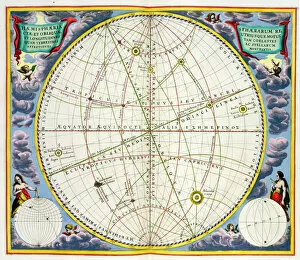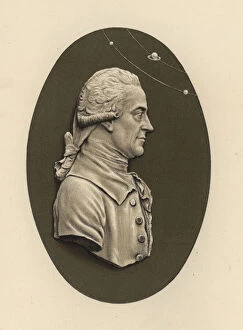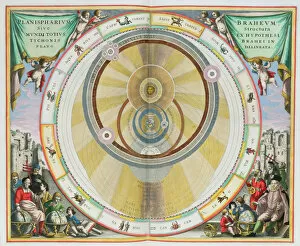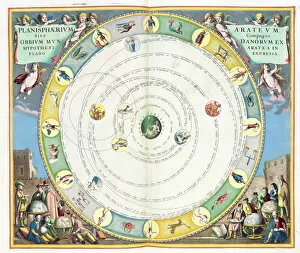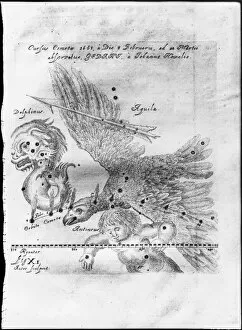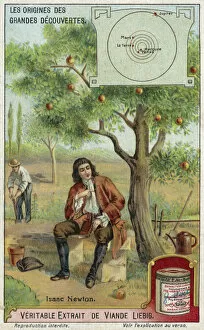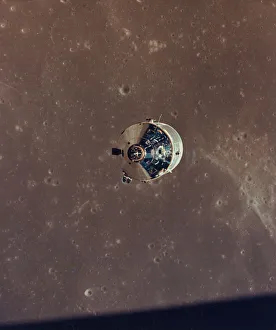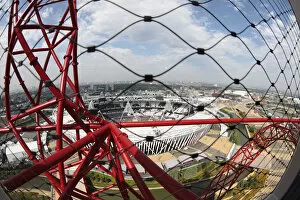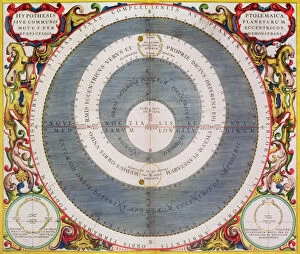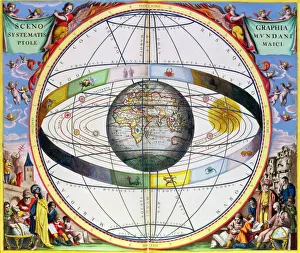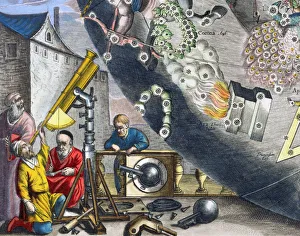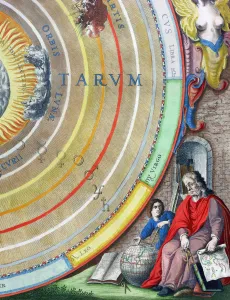Orbit Collection (page 3)
"Exploring the Vastness of Orbit: A Journey through Space and Time" The Solar System Planets
All Professionally Made to Order for Quick Shipping
"Exploring the Vastness of Orbit: A Journey through Space and Time" The Solar System Planets: Witness the mesmerizing dance of celestial bodies as they gracefully orbit around our radiant Sun. International Space Station, 2008: Behold a marvel of human ingenuity, floating effortlessly in Earth's orbit, serving as a symbol of international cooperation and scientific exploration. Jupiter from Europa, Artwork: Immerse yourself in an artist's rendition of Jupiter's majestic presence as seen from its moon Europa – a breathtaking view that sparks wonder and curiosity. Epicycles of Mercury and Venus, 1823 C017 / 8061: Delve into the intricate paths traced by Mercury and Venus throughout history – unraveling ancient astronomers' attempts to understand their complex orbital patterns. Skylab in Orbit above Earth at the End of Its Mission, 1974: Marvel at NASA's pioneering space station – Skylab – suspended high above our planet during its final moments before reentry, leaving behind an indelible mark on space exploration history. Cassini spacecraft Orbiting Saturn and Its Moon Titan: Embark on a cosmic journey alongside Cassini as it navigates Saturn's rings while capturing awe-inspiring images of its enigmatic moon Titan - revealing secrets hidden within this distant realm. Nuclear Fission Artwork: Explore the intersection between science and art with captivating visuals depicting nuclear fission - showcasing humanity's quest for knowledge even beyond Earthly boundaries. Total Eclipse of the Sun Seen from Earth’s Orbit: Experience an extraordinary event witnessed only by those fortunate enough to be in Earth’s orbit - a total eclipse casting ethereal shadows across our planet’s surface, reminding us of nature’s grand spectacle. Copernicus vs Ptolemy - A Celestial Debate Unveiled.

